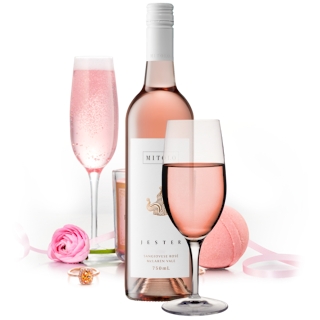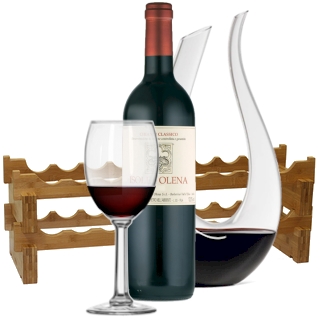Sandro Mosele is one of Victoria's most accomplished vignerons, his celebrated editions of Kooyong and Port Phillip estates are amongst the most cherished renderings of Burgundy styled Pinot Noir in the nation. Mosele has applied his art to a precious parcel of fruit, picked off a single, modest block of vine, grown to the fully fertile soils of a lamb and beef stud, on the brisk, maritime blown coastals of Gippsland South. This is not Pinot for profit, Walkerville represents an aesthetic appreciation of fruit from the farmer, invigorated by the blessings of providence and consecrations of local livestock. A cornucopia of comely characters, forcemeats and fennel, pectins and pith, Walkerville make Pinot Noir as it should be, bucolic, pastoral, articulate of the..
The grazier's garden of gippsland»
Right across the road from Jasper Hill's Emily Paddock,a precious parcel of ancient terra rosa soil was acquired and planted to vine by a baronial Mornington estate, highly accomplished growers with a consuming aspiration to grow the finest Shirazin all Heathcote. They settled on a coveted site along Drummond's Lane, strewn with unique green Cambrian shards, a sacred place to yield the top growth amongst single vineyardHeathcote Shiraz. Decades later, the vintages remain excruciatingly measured in availability. Painstakingly hand made, arcanely labelled behind the monikers, Pressings, Block F and Block C, the cherished editions of Heathcote Estate represent the Grand Cru of identifiably terroir driven, small vineyard Australian Shiraz...
The likely lads of drummond's lane»
Established 1908, Redman's Coonawarra are still made by the Redman brothers from fruit grown to the original family parcels. The tradition began 1901 when Bill Redman, at the tender age of fourteen, made the journey to take up an apprenticeship at the John Riddoch wineworks and to labour amongst Coonawarra's founding vineyards. Bill Redman's earliest vintages were sold off to other companies but it was not until 1952 that the Redman family released their own wines under the moniker Rouge Homme. Redman was finally branded under its own label in 1966, it remains one of the most enduring marques in Coonawarra. Husbanded by the 4th generation, parcels from the 1966 vines are assembled into the estate flagship The Redman...
The velvet virtue of old coonawarra vines»






















